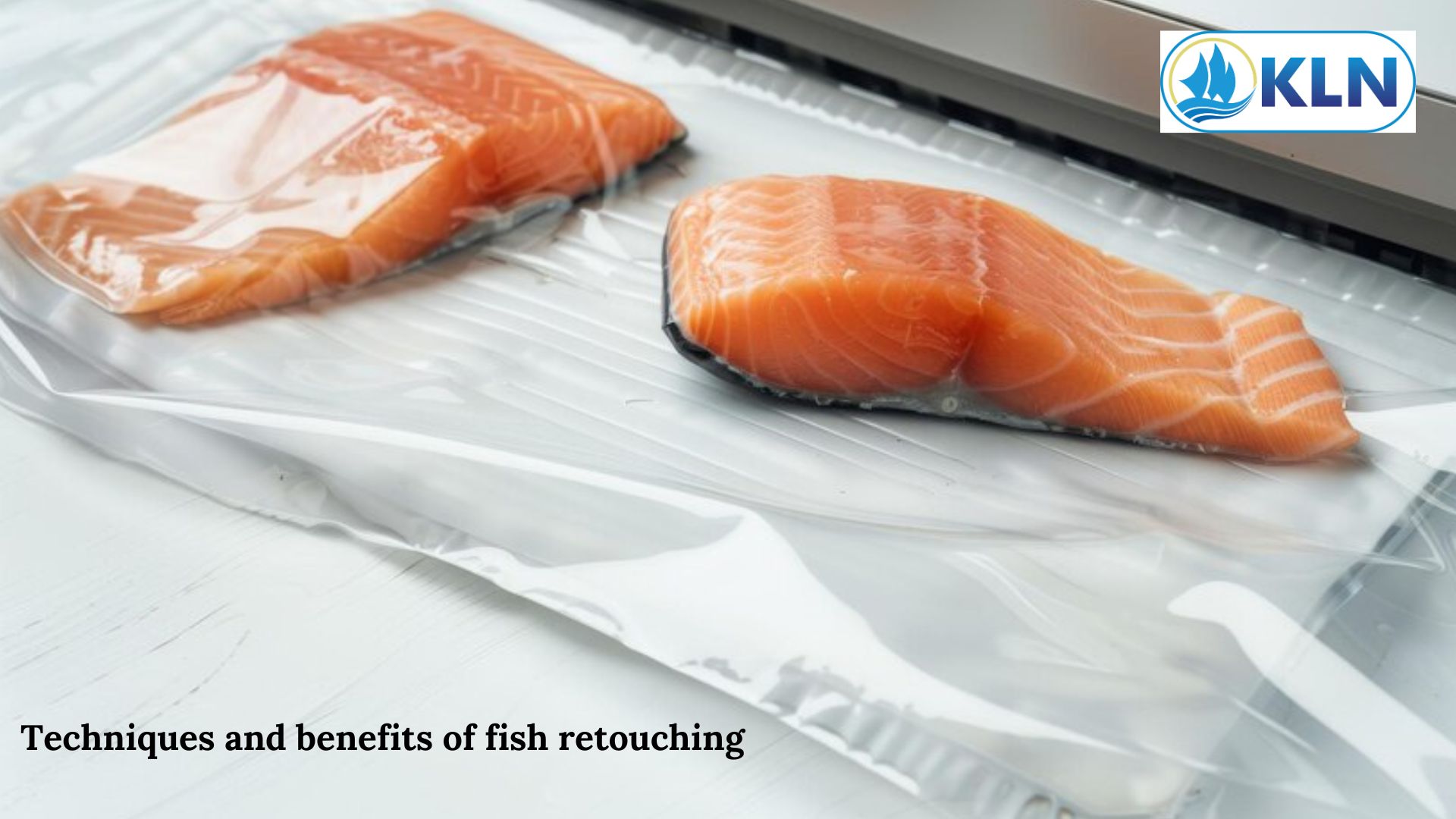Techniques and benefits of fish retouching
By. Najih - 19 Sep 2024
In the seafood industry, maintaining the visual appeal of fish is crucial for attracting consumers and ensuring product quality. Fish retouching is a specialized process aimed at enhancing the appearance of fish to meet market standards and improve its visual appeal.
Fish retouching involves a series of techniques used to improve the appearance of fish after initial processing. This process is typically carried out to address imperfections that may occur during handling, transportation, or storage. The goal of fish retouching is to restore or enhance the fish's appearance to make it more visually appealing and market-ready.
Techniques Used in Fish Retouching :
1. Washing and Cleaning
One of the first steps in fish retouching is thoroughly washing and cleaning the fish. This involves removing any remaining blood, slime, or scales to give the fish a fresher look. Specialized equipment and solutions are used to ensure that the fish is clean without damaging its skin or flesh.
2. Color Enhancement
To enhance the fish's natural color, retouching often involves using color-correcting techniques. This may include applying natural colorants or using light adjustments to improve the overall hue of the fish. These techniques help restore the fish's vibrant appearance, making it more appealing to consumers.
3. Texture and Surface Treatment
Fish retouching also addresses texture issues, such as bruises or surface blemishes. This can involve gentle treatments to smooth out any imperfections and improve the fish's texture. Surface treatments help ensure that the fish looks as fresh and appetizing as possible.
4. Gleaming and Polishing
Polishing the fish’s surface to achieve a gleaming finish is another important aspect of retouching. This is done to enhance the fish's visual appeal, making it look more attractive and high-quality. Polishing also helps in maintaining the fish’s overall presentation during display and sale.
Benefits of Fish Retouching
1. Improved Market Appeal
By enhancing the fish’s appearance, retouching makes the product more attractive to consumers. A visually appealing fish is more likely to be purchased, increasing sales and profitability for suppliers.
2. Enhanced Quality Perception
Retouched fish often give the impression of higher quality. This improved perception can lead to better consumer trust and satisfaction.
3. Reduced Waste
Fish retouching can help reduce waste by improving the appearance of fish that may otherwise be discarded due to minor imperfections. This process maximizes the use of available resources and minimizes losses.








